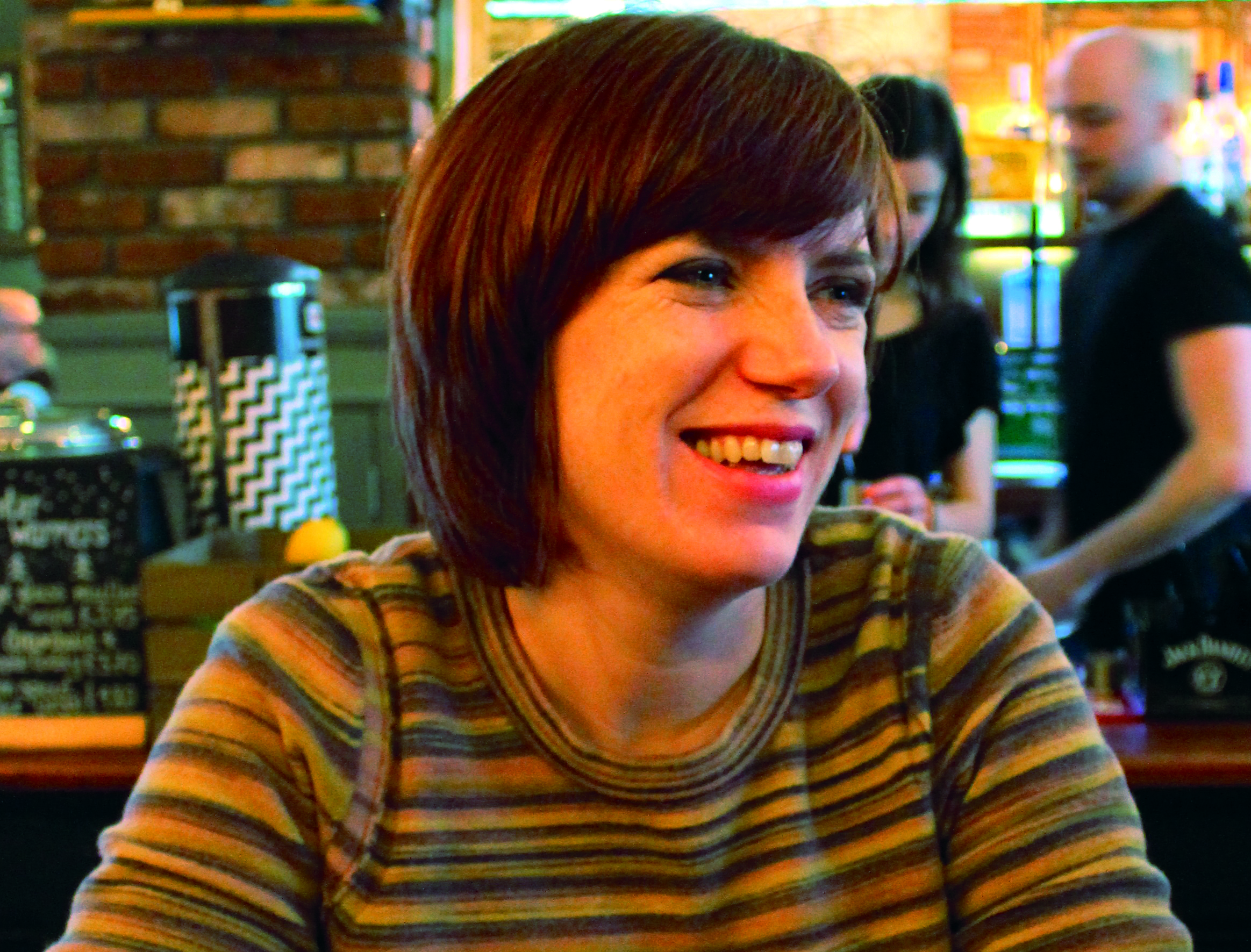Susan Smith, editor of TFN explores the ethics of embracing citizen reporting.
Phones beep and computers flash breaking news every minute of every day and by the time the morning paper comes out, news is no longer news. What’s more, people on the scene and in the crowd are creating the news themselves just by taking out their mobile phone.
Everyone is talking about the power of citizen journalism, but so far attempts to harness this generally spontaneous force have had only limited success. If charities are to make the attempt, they must consider what it really means.
Last year was a watershed year for citizen journalism culminating with regional media company Johnston Press, owner of The Scotsman alongside 250 UK regional newspapers, announcing it is to make the majority of its photographers redundant. In future it is expected to use reader-submitted photographs to support freelance photographic content. This shift from professionally generated content may be necessary in the increasingly competitive world of news generation, but it leads to questions of quality control and ethics.
The murder of Lee Rigby by Michael Adebolajo and Michael Adebowale in Woolwich in May last year tested UK media ethics to the limit. Ten years ago, had a photographer or camera crew happened to be at scene of this atrocity, it is highly unlikely that the mainstream media would have used the images. What public benefit is served by airing the rantings of a bloody meat-cleaver wielding murderer?
However, the video content taken on the scene by a no-doubt terrified witness on their phone was circulating online within a few hours, forcing the hand of the mainstream media, all of whom used the footage prominently.
Digital media provides huge potential for charities to help the communities they work.
Legal protections are also being stretched by online content. In Scotland, a publisher can be sued for printing unfounded rumours about a person, but Twitter, now the medium of breaking news, is often the home of rumour, speculation and downright lies. Following Operation Yewtree, a number of male celebrities were denounced on Twitter without any proof. A spate of teenage suicides has also led to widespread condemnation of social media sites like ask.fm for enabling bullying to a lethal level.
The challenge of channelling the potential of citizen journalism is about how we take advantage of the ease of digital communication tools in a responsible way.
London-based communication rights organisation Radar is attempting to do this on the global stage. It trains citizen reporters from the world’s most marginalised communities to text their stories of poverty, isolation and war. Importantly, Radar-employed journalists then edit and verify the stories before sending them to the mainstream media. If picked up, a proportion of the profits go back to the original reporter.
Digital media does provide huge potential for charities to help the communities they work with tell their stories and as our society becomes ever more digitally focused, finding ways to take advantage of this, whether through citizen journalism or not, will be key to social change.






